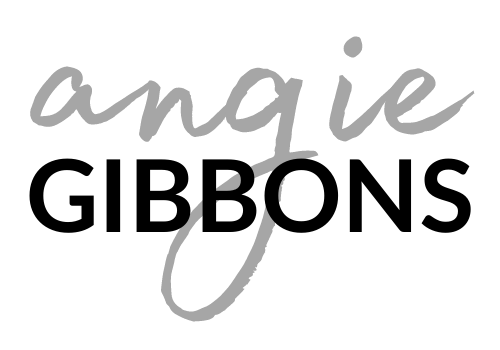Finding Strength in the Hopeless Places
The hiking trail diverged in three different directions. And I am directionally challenged on a really good day, on a well-marked highway.
I followed the arrow that pointed to the right, but it wasn’t the trail I had been on before. It was overgrown, and I had to pick my way through the prickly brush and mud, and beat back the mosquitoes that swarmed. It was slow going. More like army crawling than hiking.
As I walked I prayed.
This has been a heavy time of walking with friends through severe hardships. Sharing burdens of marital brokenness, depression, and chronic illness. In every situation I have believed circumstances can change. I always start with faith.
Initially, faith comes easily.
But sometimes the waiting for answers turn to weeks, turn to months, turn to years. I don’t have to tell you this. You have some unanswered prayers of your own. The promises are left unfulfilled before our eyes. And our hearts break.
Some days I sit to pray for a friend once again, but I don’t know what to say anymore. Nothing comes. I still believe the same things, but the words start to take on a hollow tone. They even mock me a little.
Maybe your faith wasn’t strong enough to begin with.
With time hopelessness starts to creep up around the edges, threatening to demoralize my faith.
Surely this is the darkest valley of Psalm 23, the one David tells us about, that lies in shadow. It’s the long trek that has no definable end date, the suffering that has no name and no promise of a cure on earth.
And yet in the same breath David tells us that he lacks nothing, that he is refreshed, that he doesn’t fear, that he is comforted, that he’s well fed, and filled with the Lord’s love. What?
David dwells in an otherworldly place that makes no sense to us. What did he know and experience that we need in these times of unanswered prayers?
It’s clear when you go back one chapter that David had his own questions and concerns for God. He wasn’t immune to the pain of his struggles, and at the same time his heart was filled with gratitude and worship. His trust was intact. He knew how to live fully even in the midst of his pain.
As I picked my way through the trail, grabbing branches for stability, I stooped low under a colorful flowering limb and saw the tiniest fern growing out from the rocks. I’ve been fascinated with ferns since teaching my oldest daughter botany years ago. Back then we hiked low light under the California redwood canopy to study them.
But I’ve never loved a fern. They’re….lowly.
And as I looked at this little plant, my mind filled with a thousand cares, God spoke to my heart, “You are the fern.”
Huh? I’m a fern? Close to the ground? Moist? Plain?
What does that mean?
Being the fern means...
You thrive in places where others would fail.
You find sustenance wherever you need it.
You stretch out toward the light from dim places.
You want to be the rose that flowers in a hundred different colors, that needs perfect conditions to flourish.
But, no, you are the fern. You are abundant and fertile and perfectly formed for your place in this world.
Oh. I am the fern. What a beautiful thing to be.
I remembered David, laid low by every hard thing. Abandoned, he was running for his life. Yet he thrived. From a dark cave he gave us the most beautifully crafted songs of worship. They came from a gutted, yet hopeful place, from an unshakeable knowledge that God was still good.
This is where the fern lives. And it is where you and I can live.
Our lives have tough, unanswered prayers, and disappointments without explanations. And yet we are all seen. Every one of our hidden and dark places is known by a faithful Father, and no prayer reaches heaven unbidden.
And so I embrace what he has allowed. I embrace the seasons of being laid low because I know I have all of the provision I need there, under the canopy, in the dank places. I know that when I am at my weakest, he is strong on my behalf (2 Cor. 12:9).
Maybe those places of complete abandon and trust are the holiest places of all.

